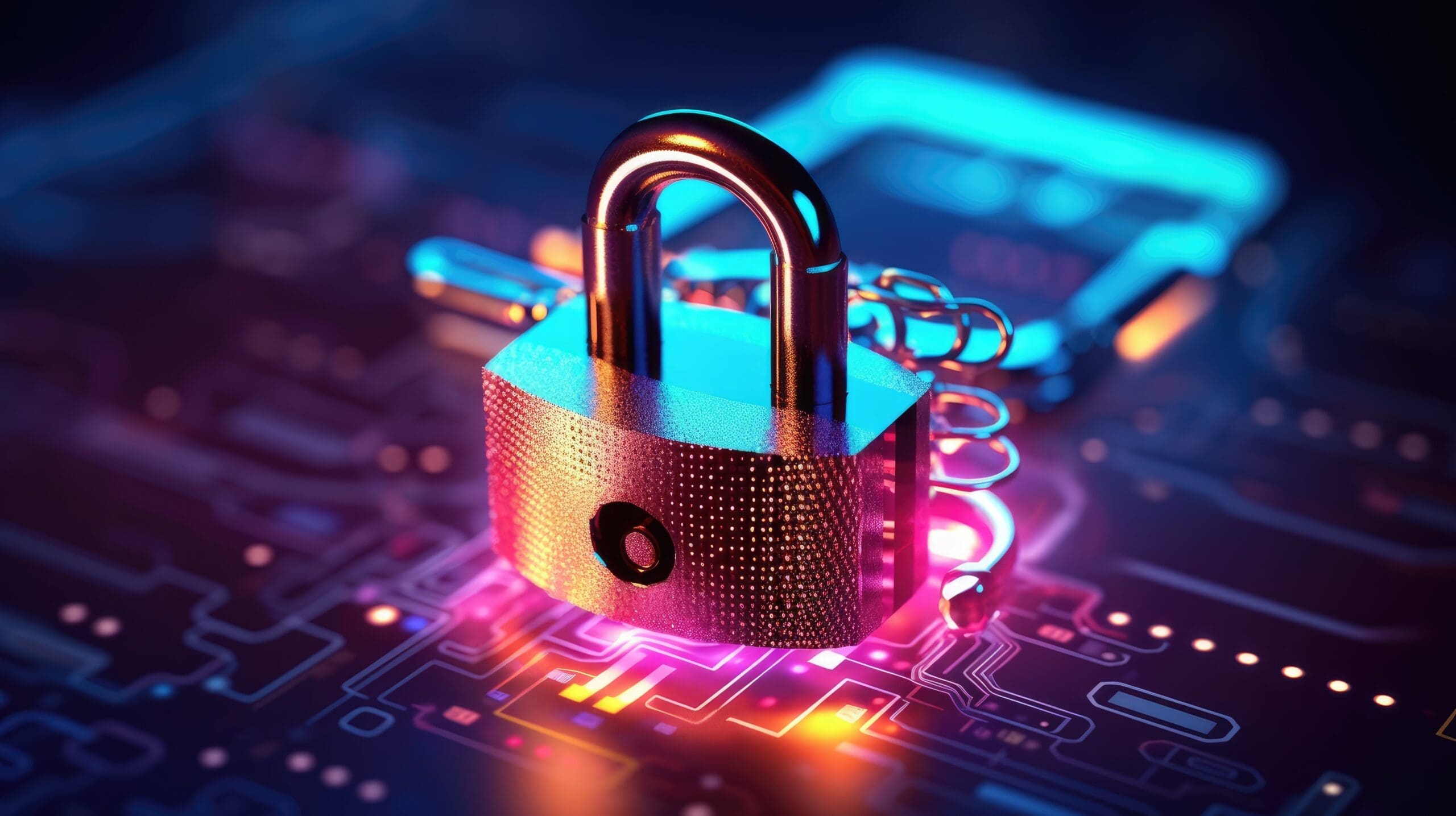Securing Your Digital Landscape: A Comprehensive Guide to IT Security
Securing Your Digital Landscape: A Comprehensive Guide to IT Security

In today’s interconnected world, IT security is more critical than ever. From personal data to business-critical information, securing digital assets is paramount. This comprehensive guide explores essential IT security measures, best practices, and emerging trends to help you fortify your digital landscape.
Table Of Contents
</0ol>
Firewalls: The First Line of Defense
Overview
Firewalls act as barriers between your internal network and incoming traffic from external sources. They help block malicious traffic, preventing unauthorized access to your systems.
Types of Firewalls
-
-
- Network Firewalls: Protect the entire network by filtering incoming and outgoing traffic.
- Host-Based Firewalls: Installed on individual devices, offering more personalized protection.
- Cloud Firewalls: Provide scalable protection for cloud-based applications.
-
Best Practices
-
-
- Regular Updates: Keep firewall rules and software up to date.
- Monitor Logs: Regularly review logs to detect suspicious activity.
- Implement Multi-Layered Security: Combine firewalls with other security measures for comprehensive protection.
-
Encryption: Protecting Data Integrity
Overview
Encryption transforms data into a coded form, making it unreadable without the correct decryption key. It’s essential for protecting sensitive information during transmission and storage.
Types of Encryption
-
-
- Symmetric Encryption: Uses the same key for encryption and decryption.
- Asymmetric Encryption: Uses different keys for encryption and decryption, enhancing security.
- End-to-End Encryption: Ensures that data is encrypted at all points between sender and receiver.
-
Best Practices
-
-
- Use Strong Keys: Employ complex keys that are difficult to crack.
- Manage Keys Securely: Store and handle encryption keys with utmost care.
- Encrypt Sensitive Data: Apply encryption to all sensitive information, not just during transmission.
-
Multi-Factor Authentication (MFA): Enhancing Access Security
Overview
MFA adds an additional layer of security by requiring multiple forms of identification before granting access. It’s an effective way to prevent unauthorized access, even if passwords are compromised.
Types of Authentication Factors
-
-
- Something You Know: Passwords, PINs, etc.
- Something You Have: Smart cards, mobile devices, etc.
- Something You Are: Biometrics like fingerprints or facial recognition.
-
Best Practices
-
-
- Choose Appropriate Factors: Select factors that suit your security needs and user behavior.
- Educate Users: Train users on the importance of MFA and how to use it properly.
- Regularly Review: Continuously assess and update MFA practices to stay ahead of threats.
-
Regular Updates: Staying Ahead of Threats
Overview
Regular updates to software, firmware, and security protocols are vital in protecting against known vulnerabilities and threats. Timely updates ensure that systems are equipped with the latest security patches.
Best Practices
-
-
- Automate Updates: Set systems to update automatically to avoid delays.
- Test Updates: Test updates in a controlled environment before full deployment.
- Monitor for Updates: Stay informed about new updates and patches for all your software and hardware.
-
Conclusion
Securing your digital landscape is a continuous and multifaceted effort. From implementing firewalls and encryption to embracing multi-factor authentication and regular updates, each aspect plays a crucial role in safeguarding your digital assets. Staying informed, vigilant, and proactive in your IT security practices is key to thriving in today’s complex and ever-changing digital environment.
